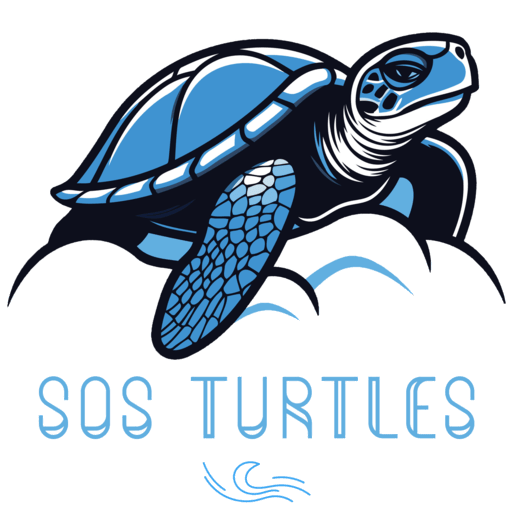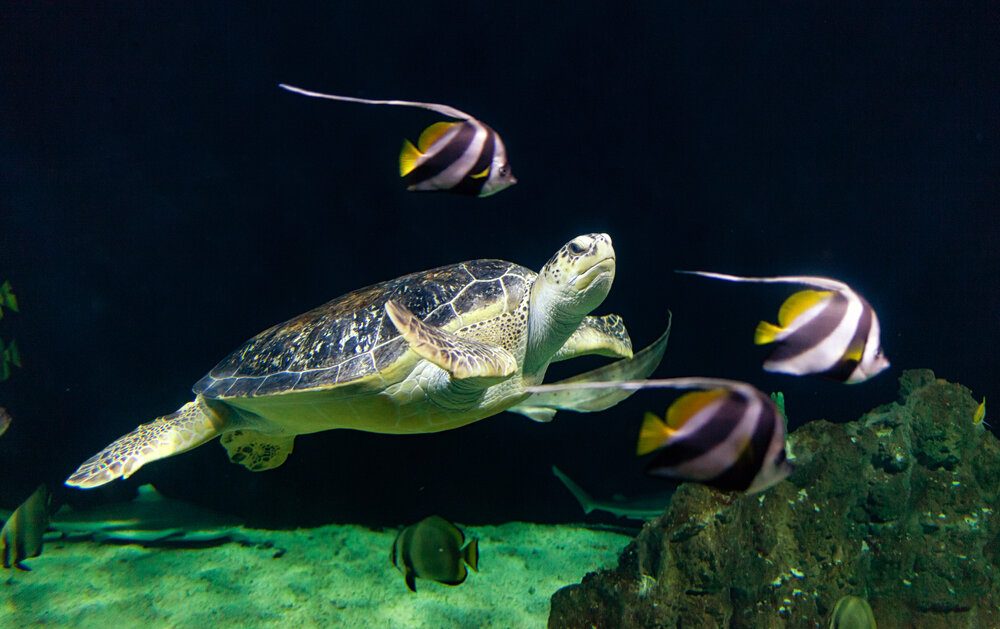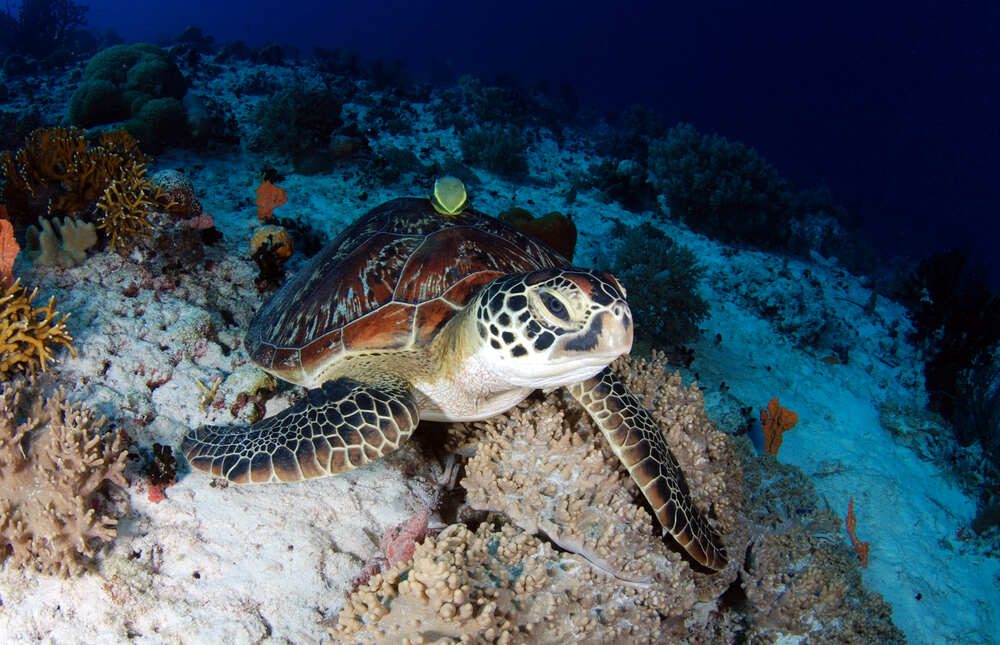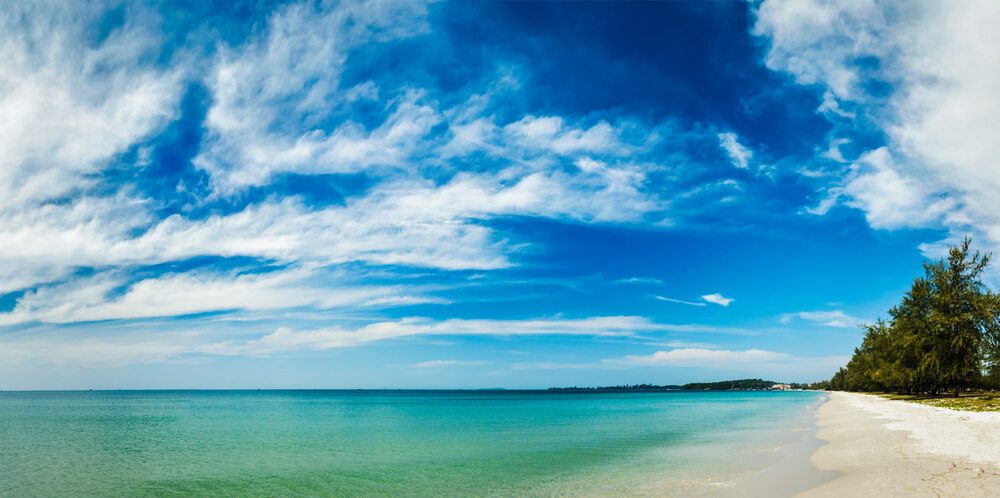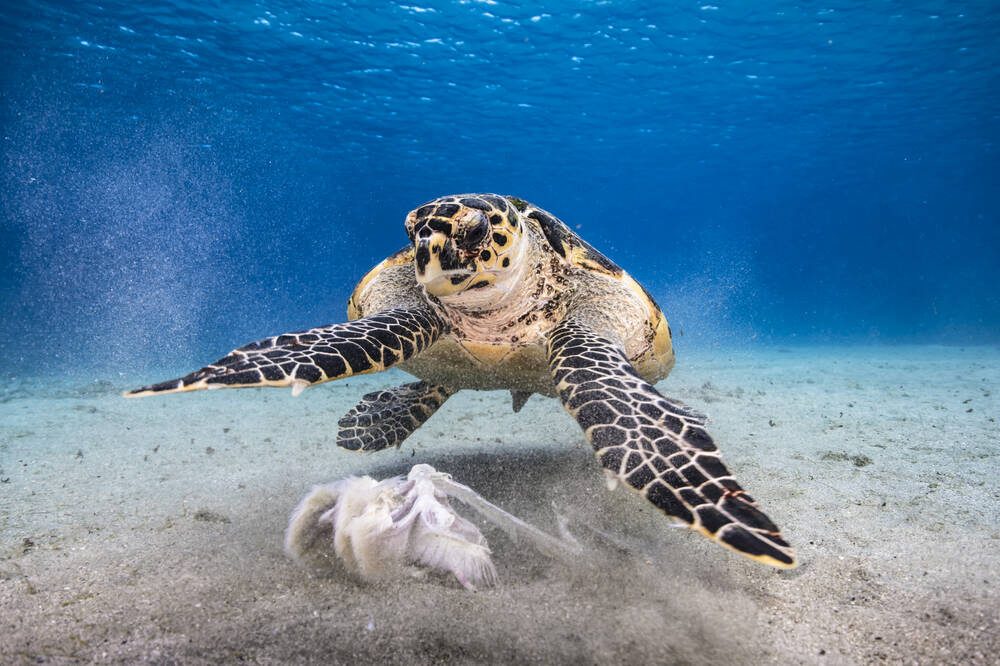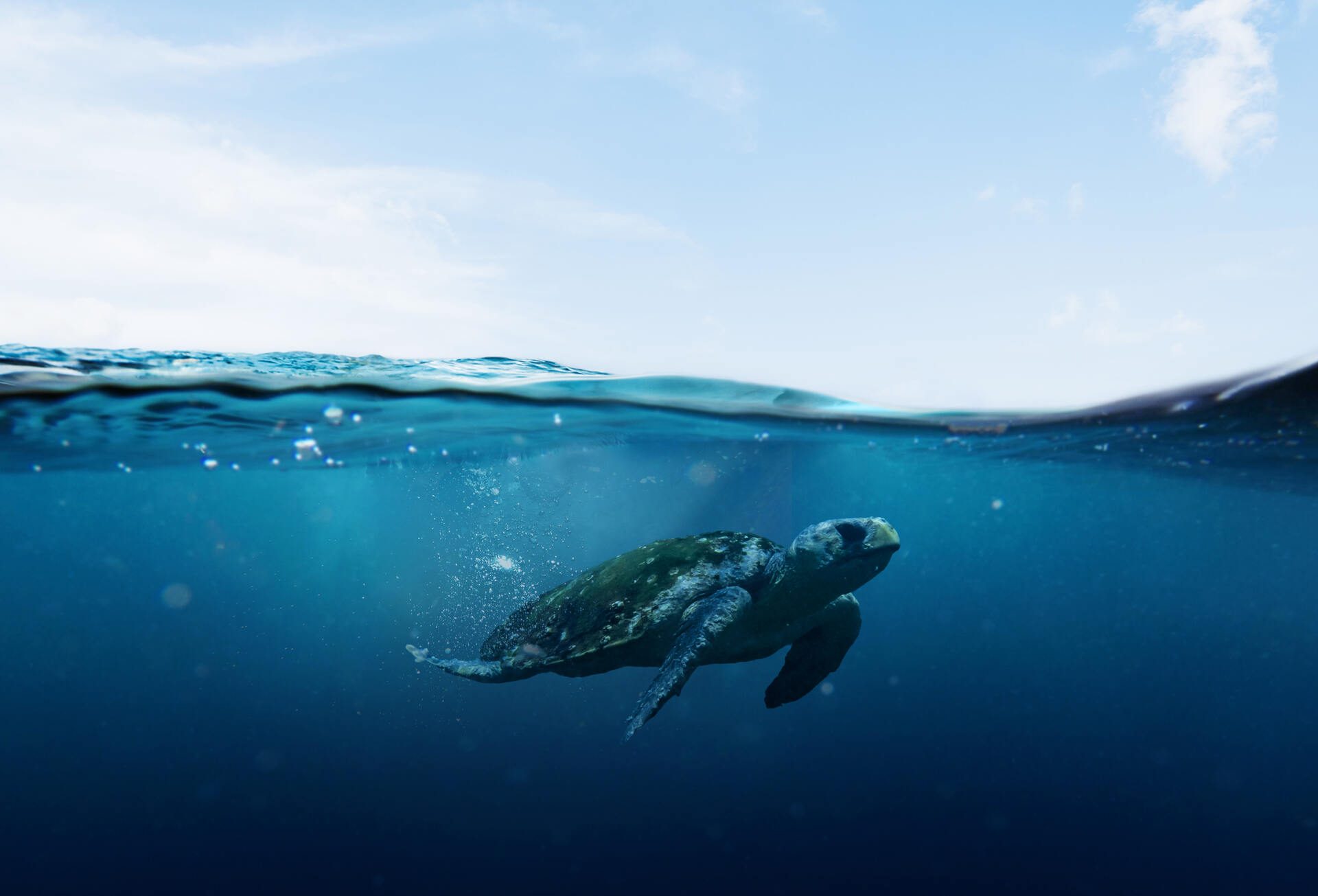60 Years of Sea Turtle Conservation: Protecting Our Ocean Guardians
For over six decades, dedicated conservation efforts have focused on the plight of sea turtles, the ancient guardians of our oceans, emphasizing innovative strategies to mitigate threats and ensure their survival. This blog will explore the vital role of sea turtles in marine ecosystems, the challenges they face, and the innovative conservation strategies that can help protect these magnificent creatures.
Table of Contents
The Importance of Sea Turtles in Marine Ecosystems
Sea turtles are crucial to maintaining the health of marine environments. They contribute to the balance of seagrass beds and coral reefs, which are essential habitats for numerous marine species. By grazing on seagrass, turtles help promote its growth, which in turn supports a diverse array of marine life. Additionally, their nesting activities contribute nutrients to sandy beaches, fostering healthy ecosystems.
Current Threats Facing Sea Turtles
Despite significant conservation successes, sea turtles continue to face numerous threats:
- Habitat Loss: Coastal development and pollution have led to the degradation of nesting beaches and feeding grounds.
- Climate Change: Rising sea levels and increasing temperatures threaten nesting sites and disrupt migratory patterns.
- Pollution: Plastic waste poses a significant danger, as turtles often mistake it for food, leading to ingestion and entanglement.
- Bycatch: Many turtles are accidentally caught in fishing gear, leading to injury or death.
These challenges underscore the need for ongoing conservation efforts to safeguard sea turtle populations.
Innovative Conservation Strategies
Over the years, various innovative strategies have emerged to enhance sea turtle conservation:
- Technology in Conservation: The use of satellite technology allows researchers to track migratory patterns and understand habitat use better. This data helps inform conservation efforts and policy decisions.
- Community Engagement: Grassroots movements play a vital role in raising awareness about sea turtle conservation. Local communities are often the first line of defense against poaching and habitat destruction.
- Beach Cleanups: Organized beach cleanups not only remove harmful debris but also engage volunteers in conservation efforts, fostering a sense of stewardship for local environments.
- Legislation and Policy: Implementing protective legislation is crucial for ensuring safe nesting sites and reducing bycatch through regulations on fishing practices.
These strategies illustrate the multifaceted approach needed to protect these ancient navigators effectively.
The Role of Advocacy and Community Engagement
Advocacy is essential in promoting sea turtle conservation. Organizations like SOS Turtles work tirelessly to educate communities about the importance of protecting these species. Engaging local populations through workshops, educational programs, and volunteer opportunities fosters a culture of conservation. When communities understand the ecological significance of sea turtles, they are more likely to participate in protective measures.
Looking Ahead: The Future of Sea Turtle Conservation
As we look towards the future, it is crucial to sustain and expand conservation efforts. Key focus areas include:
- Enhancing Research: Continued research is necessary to monitor population trends and assess the effectiveness of conservation strategies.
- Strengthening Partnerships: Collaborating with international organizations can amplify conservation efforts and share valuable resources.
- Promoting Sustainable Practices: Encouraging sustainable fishing practices and reducing plastic use can significantly impact sea turtle survival rates.
- Increasing Public Awareness: Campaigns that highlight the plight of sea turtles can mobilize public support and drive action towards their protection.
By focusing on these areas, we can ensure that future generations inherit a thriving ocean ecosystem with healthy sea turtle populations. In conclusion, as we celebrate 60 years of dedicated sea turtle conservation, it is essential to recognize both the progress made and the challenges that lie ahead. Through innovative strategies, community engagement, and continued advocacy, we can protect these ancient guardians of our oceans for years to come. Join us at SOS Turtles in our mission to safeguard their future—every effort counts!
For the most current information, explore our homepage to learn about our mission, initiatives, and how you can get involved in sea turtle conservation!
